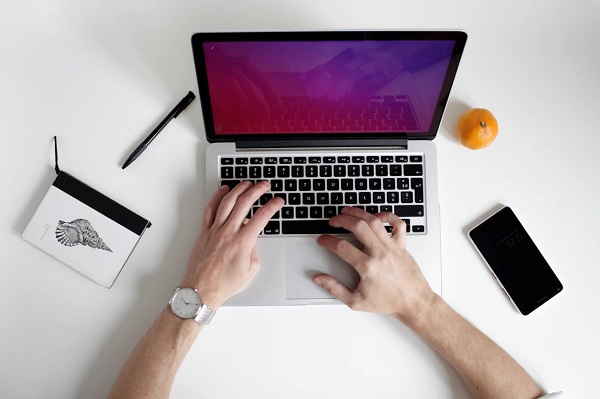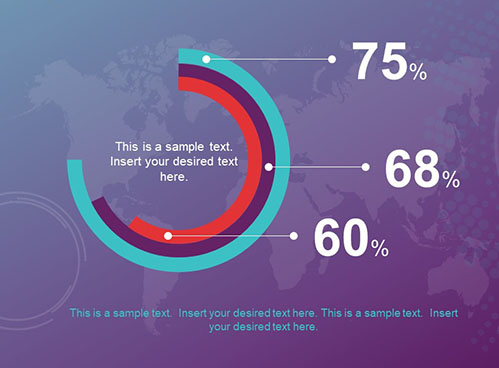For years, fashion industry has had previous data and intuition at its disposal to predict customer demands which is now becoming quite irrelevant considering the fast-changing fashion trends and the tough competition in the market. More so, with more and more people getting brand conscious, it is becoming tougher for aspiring fashion designers to make a place on the mannequins. But they need not worry; Big Data is here to save the budding talent!
Unbelievable but true, Big Data is becoming an important part of one of the most intuition-based and unpredictable industry. In a world where clothes become outdated with the release of a new movie or the latest fashion week, even biggies like Burberry and Ralph Lauren have resorted to Big Data analysis. The runway at the fashion week, the latest edition of Cosmopolitan — are all losing their charm; designers these days release photos of their exclusive collections on Social Media (Facebook, Twitter, Instagram, Pinterest) which helps them know the trends and people’s response much before the curtain-raiser. Sentiment analysis through collection of the responses (likes, shares, comments, re-tweets) helps the industry to analyse every aspect of consumers demand— from the most loved colour to the most acceptable fit.
A product on sale/discount is the result of wrong decision, says Julia Fowler, founder of EDITD, an enterprise helping fashion designers to predict the latest fashion trends using Big Data. Geoff Watts, now CEO of EDITD, along with Fowler has made the largest repository of fashion trend data including 53 billion data points dated over last four years. They cover almost everything from men’s/children’s apparel wear to accessories and beauty. Based on the analysis, daily and weekly reports are released for the industrialists to understand what the customer wants so they can customize their products accordingly.
According to a source, Asos, a leading fashion brand increased its sales by 33% after using Data analysis services provided by EDITD. EDITD and WGSN’s INstock help in not only providing an overview, but go down to the SKU level and view concise detail of individual products. MicroSite launched by ToryBurch is a step ahead and helps users not only select SKU’s but also pre-order pieces straight from the runway. ITC Infotech’s Style Performance Analytics (SPA) combines ERP, PLM and BI to analyze past data based on popularity and help user predict consumer preferences. While on one hand, the biggies like Prada, Nordstorm, United Colors of Benetton, Bulgari, Puma and Diesel are extensively using these tools, start-ups are not far behind. True&Co, ThreadMason, Stantt and Stich Fix to name a few are providing customised garments (T-shirts, jeans and even bras) based on data collected by body scans, their budget and lifestyle.
Not only sales, marketing and advertising become effective too. As of now, we have little idea of how well our billboards are working – but come in action Google Glass, we will be able to collect data on human gaze and hence the popularity of the brand in that area! Also, brands like Burberry are using Big Data to improve its Social Media presence and Customer Engagement.
Last but the most important, it also helps companies to optimize their supply chains as they can now decide what to produce more and should be stocked in inventory while what can be kept for made-to-order or Just-in-Time.
Not only this, experts say this data can be used for medical analysis. For example, size can be used to analyze/predict obesity related diseases and illnesses!!
Although, the use of Big Data cannot ever completely redefine fashion industry as it is more of art, innovation and creativity than science and numbers, it definitely is revolutionizing the way industrialists and brands produce apparels and accessories. Intuition and innovation design this industry but big data is what gives shape and direction to it.

25 Recommender Algorithms, Packages, Tools, and Frameworks: Your Gateway to Exploring Personalized Recommendations
In...







![60 stats & trends that will define the future of eCommerce [Infographic]](https://crayondata.ai/wp-content/uploads/2022/05/eCom-374x288-1.png)
